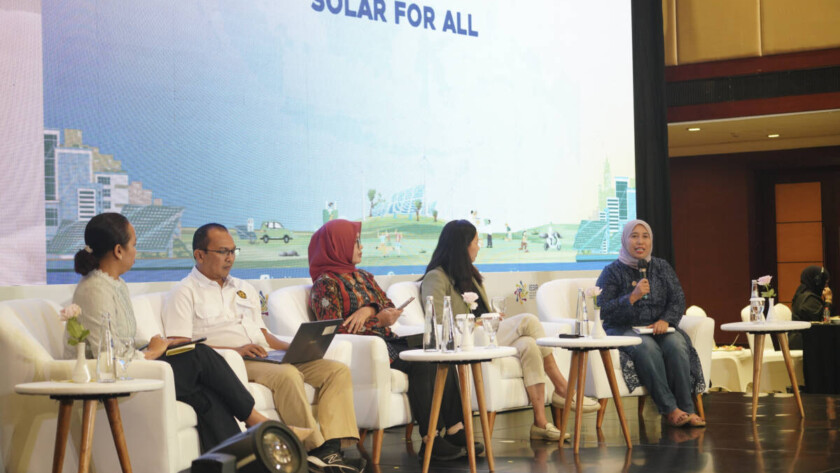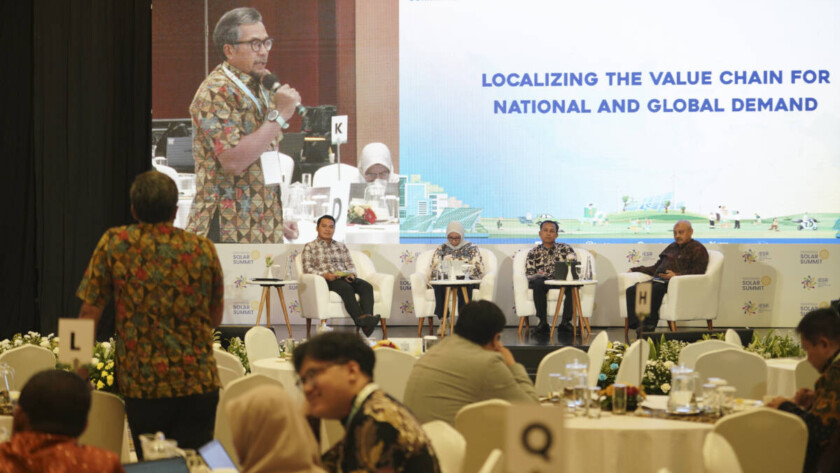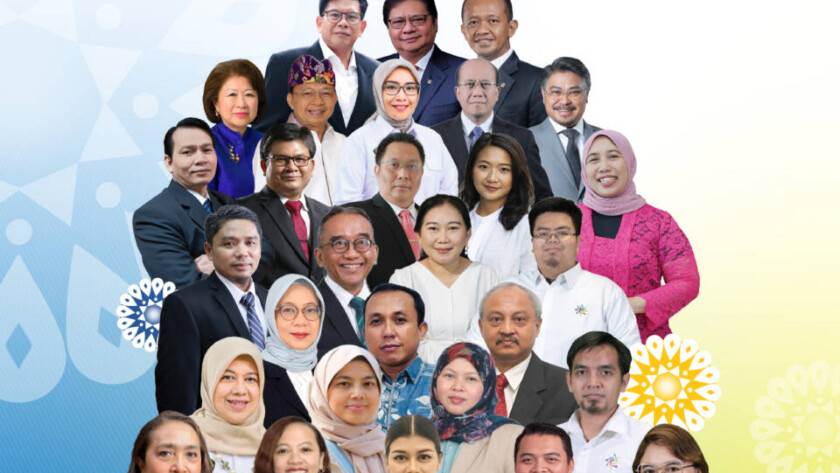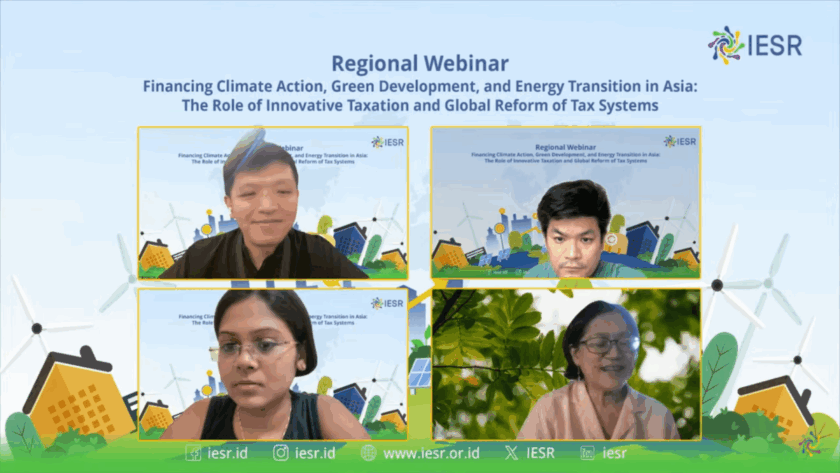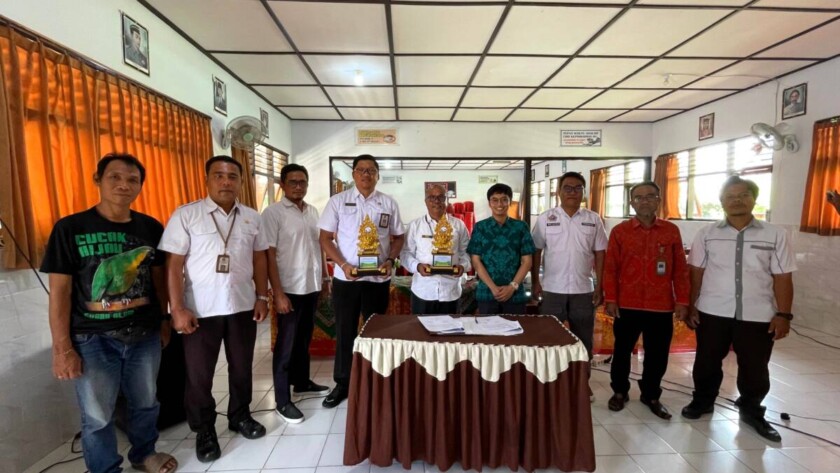Jakarta, September 8, 2025 – The industrial sector is the backbone of economic growth. However, it is also the largest contributor to greenhouse gas emissions. As much as 20% of emissions in Indonesia in 2024 came from the industrial sector.
The industrial sector needs to have a decarbonization agenda by exploring various technologies and…




